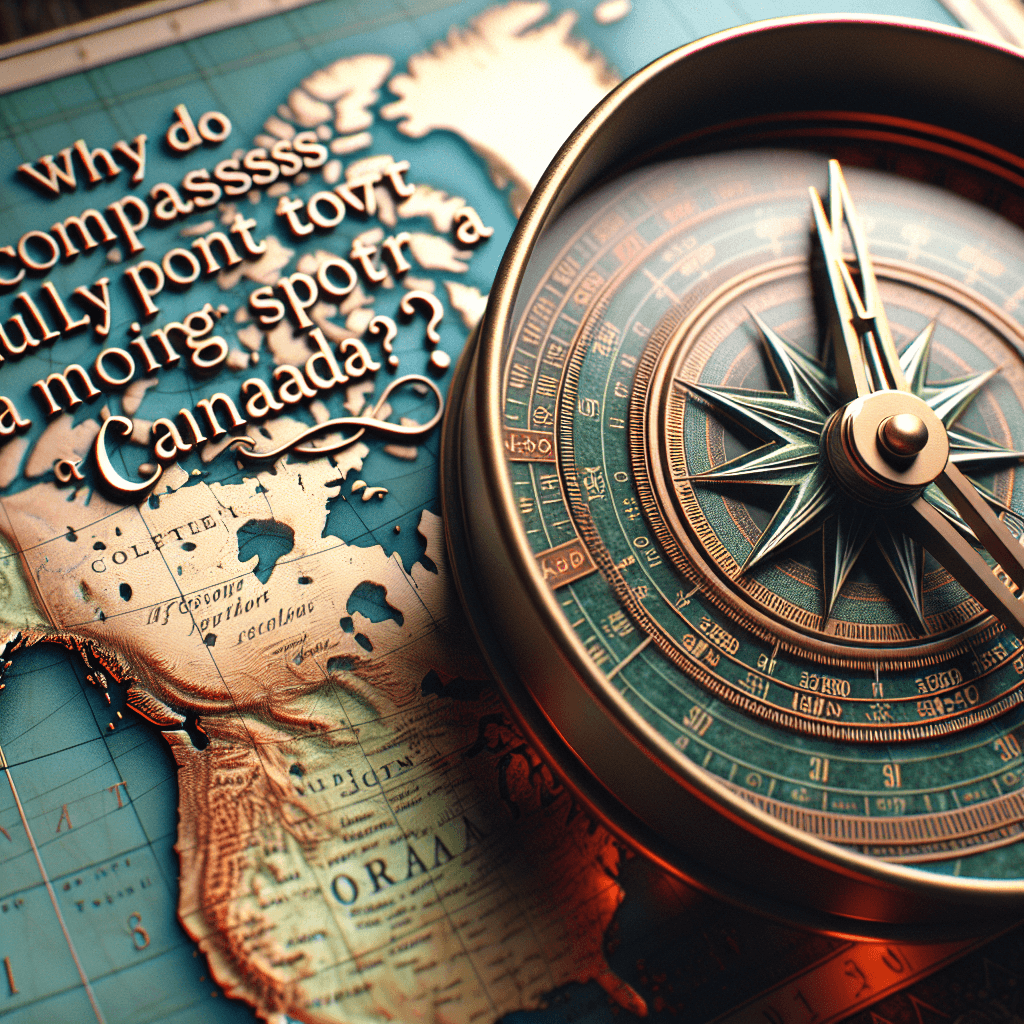Why is a thick stack of wet paper almost impossible to rip
It’s a bizarre paradox: a single wet sheet of paper is flimsy, but a thick stack of it becomes almost indestructible. We’ll uncover the surprising physics of surface tension that gives this soggy mess its incredible strength.


Too Long; Didn't Read
TLDR: Water acts as a lubricant between the paper sheets, causing them to slide and stretch instead of tear. This distributes the ripping force across the entire stack, preventing a single tear from concentrating and propagating through all the layers at once.
The Surprising Science: Why is a Thick Stack of Wet Paper Almost Impossible to Rip?
Have you ever tried to tear a phone book in half? It’s a classic feat of strength, seemingly impossible due to the sheer number of pages. Now, imagine trying the same thing with a thick stack of wet paper. You’d probably expect it to be easier—after all, a single wet piece of paper tears with almost no effort. Yet, you’ll find the wet stack puts up an even more formidable fight. This curious paradox isn't magic; it's a fascinating display of everyday physics. This post will unravel the scientific principles that transform a stack of flimsy, wet sheets into a nearly indestructible block.
The Paradox: From Fragile to Formidable
To understand the strength of the stack, we first need to understand the weakness of the individual. A single sheet of dry paper gets its strength from a tangled mesh of cellulose fibers held together by hydrogen bonds. When you introduce water, it seeps between these fibers and disrupts those bonds. The water acts as a lubricant, allowing the fibers to slide past one another easily. This is why a single wet tissue or paper towel falls apart so readily.
So, if water weakens one sheet, how does it make hundreds of them stronger together? The answer lies not within the fibers themselves, but in the interactions between the sheets.
The Power of Water: Surface Tension and Adhesion
The primary hero in this story is water’s remarkable property of surface tension. Water molecules are highly attracted to one another (a force called cohesion). At the surface where water meets the air, this attraction creates a strong, elastic-like film.
When paper is stacked, the thin layers of water between each sheet are where the magic happens.
- Adhesion: The water molecules stick to the cellulose fibers of the paper on either side.
- Cohesion: The water molecules stick to each other, creating a continuous, sticky film that essentially glues the pages together.
This combination of forces pulls the sheets into tight contact, creating a single, laminated-like unit. You are no longer trying to rip individual sheets but are fighting against the immense collective strength of these countless molecular bonds.
It's All About Friction
While surface tension creates a powerful "glue," the other major factor at play is friction. When you attempt to tear the stack, your force is trying to shear the pages, causing them to slide against each other at the tear point. The water dramatically increases the static friction between the pages.
Think of it this way: friction is dependent on how forcefully two surfaces are pressed together. The surface tension of the water acts like a vacuum, pulling every single page tightly against its neighbors. This massive increase in pressure across hundreds of sheets results in an incredible amount of friction. To initiate a tear, you must apply enough force to overcome the static friction of every single page at once, which is a monumental task.
Distributing the Force
Finally, a thick stack is an expert at dissipating energy. When you pull on the edges to start a rip, the force isn't concentrated on a single weak point. Instead, it gets distributed across the entire laminated structure. The friction and adhesion ensure that the load is shared among all the sheets.
A tear can't easily propagate because as soon as one fiber breaks, the force is immediately redistributed to the millions of other fibers and water bonds around it. For the tear to continue, it has to constantly overcome the resistance of the next layer, and the next, and the next. This prevents the chain reaction required for a successful rip, causing your energy to fizzle out without making much of an impact. It's the ultimate example of strength in numbers.
Conclusion
The surprising strength of a wet paper stack is a perfect illustration of how fundamental physics principles manifest in our daily lives. It’s not one single factor but a powerful combination of three key phenomena:
- Surface Tension: Water acts as a powerful adhesive, gluing hundreds of sheets together.
- Increased Friction: The water pulls the sheets tight, massively increasing the friction between them.
- Force Distribution: The stack spreads the tearing force across all layers, preventing any single point from failing.
So, the next time you see a discarded, rain-soaked stack of newspapers, you’ll know you’re not just looking at soggy paper. You're looking at a cleverly engineered structure, held together by the invisible but mighty forces of molecular attraction and friction. It’s a simple reminder that sometimes, the most astonishing science is hiding in the most ordinary of places.


